Search
This bridge in Brisbane, Australia, was designed by Cox Rayner Architects in collaboration with Arup. The bridge is three in length, with four main poles on each pier, several vertical poles on both sides of the middle section, and transverse poles in between, which are then connected together by cables. According to Arup, the system serves three functions:
1, hanging above the sun awning;
2, prevent the main rod and secondary rod buckling due to wind load;
3. Provide overall torsional stiffness.
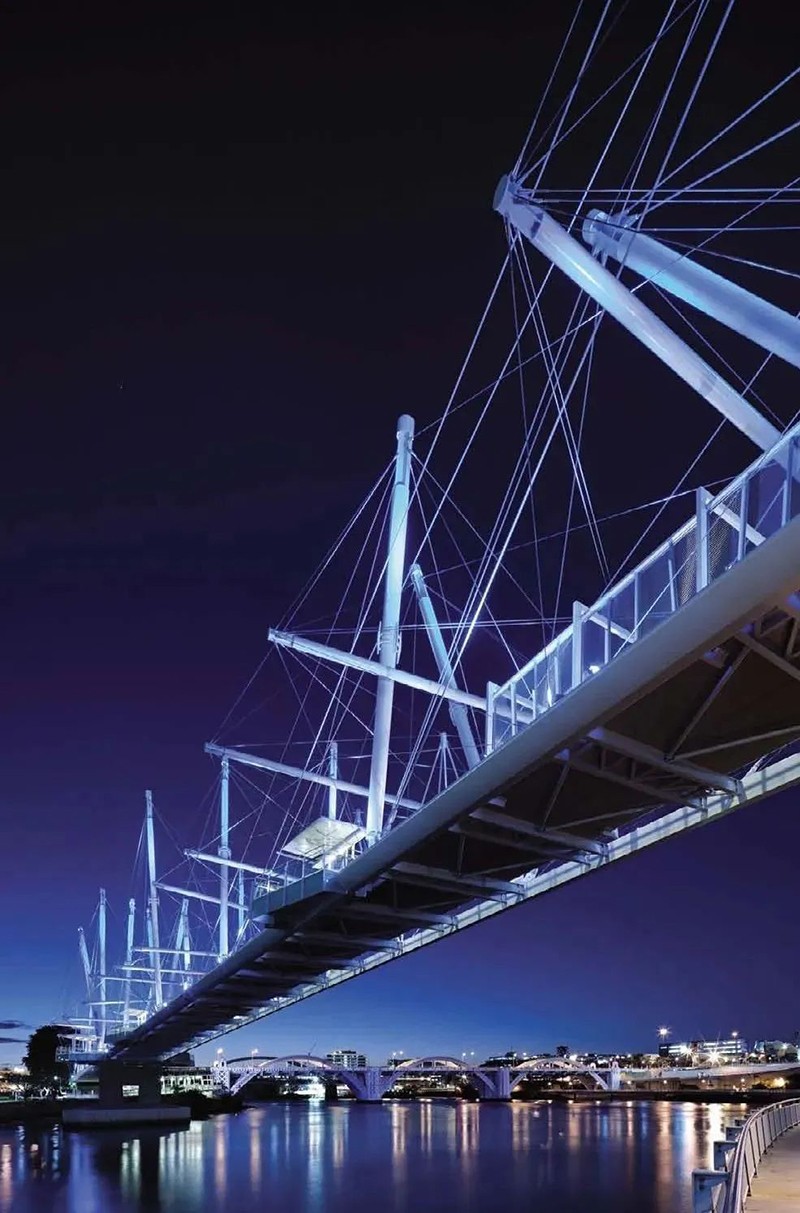
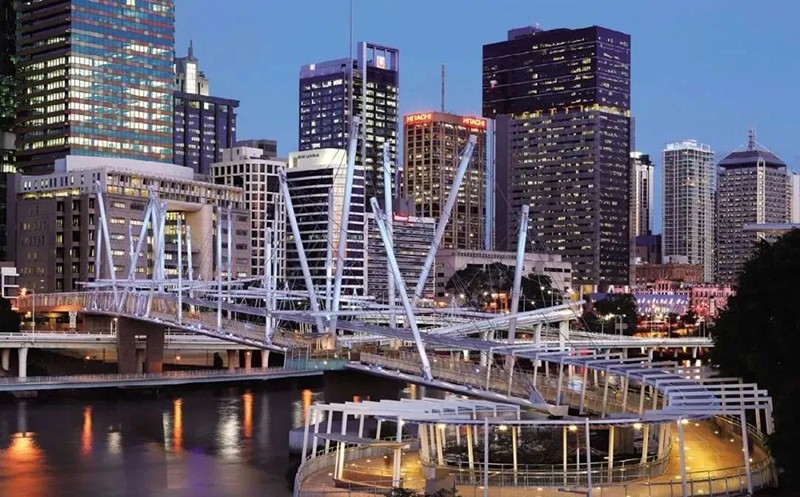
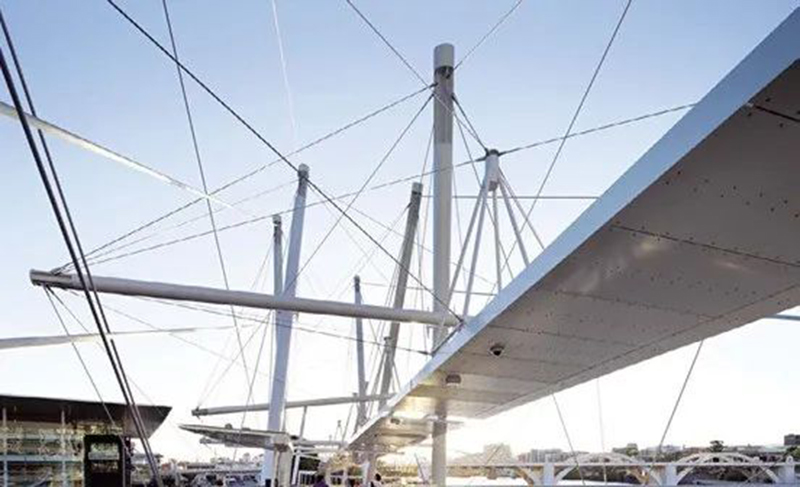
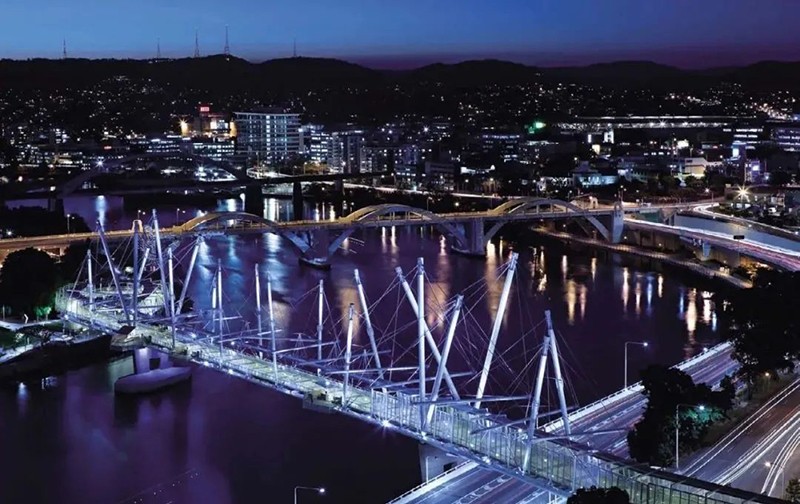
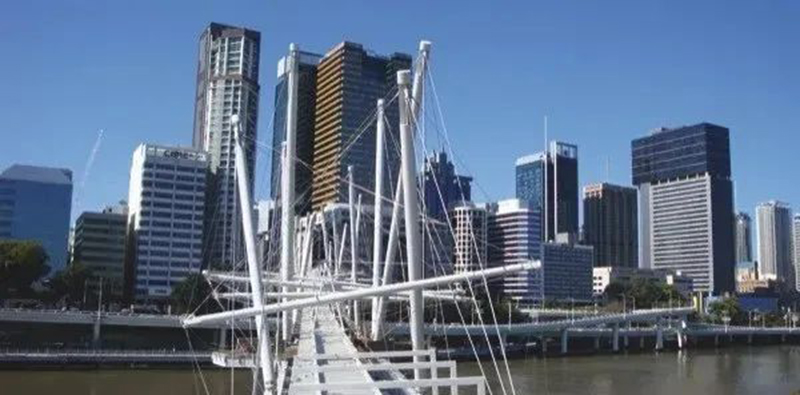
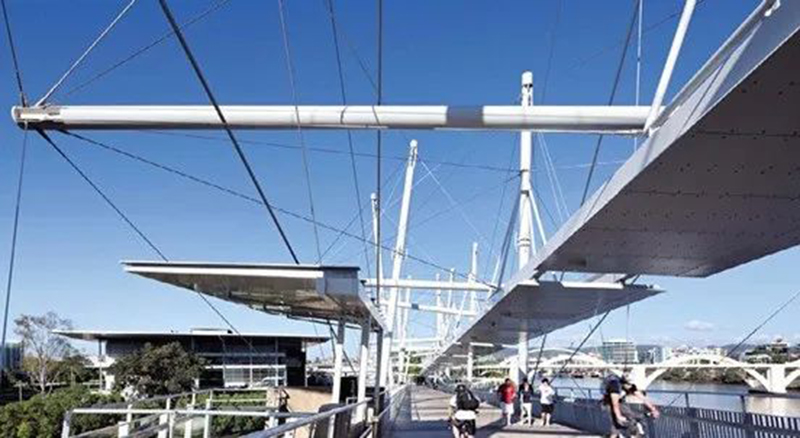
The tensegrity structure is composed of cables and pressure rods, commonly known as islands of pressure (pressure rods) in the tension sea (cable system). The combination gives people the first feeling of how can this be? It's impossible. Familiar with the rooted, stable structure, the whole tensile visual shock is very strong. The main thing is a shock.
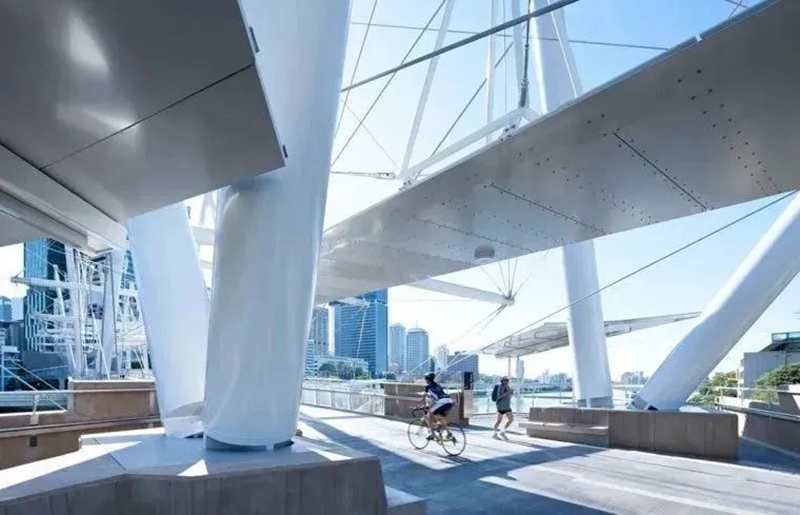
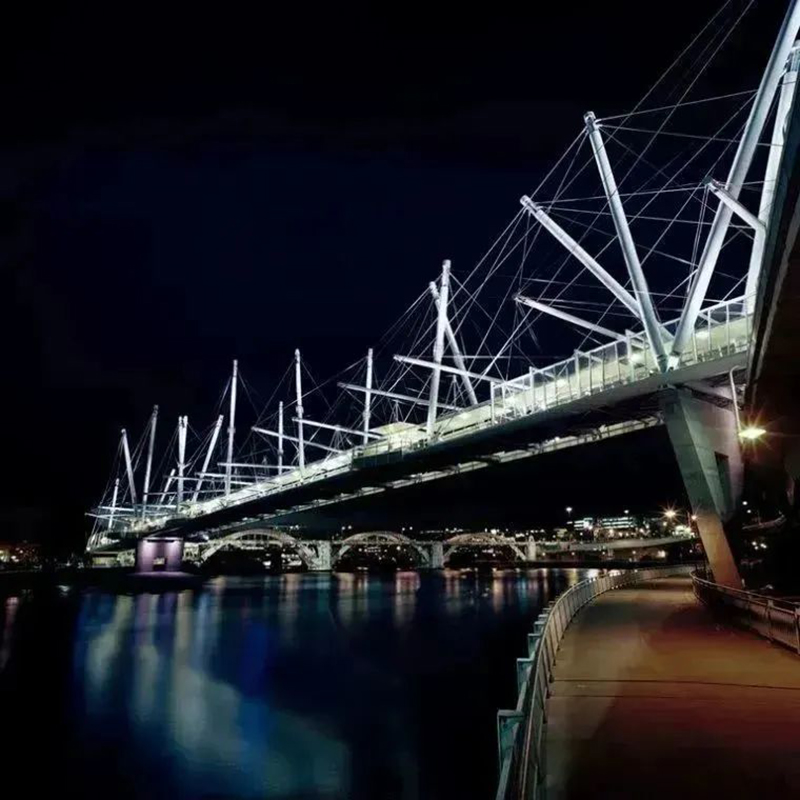
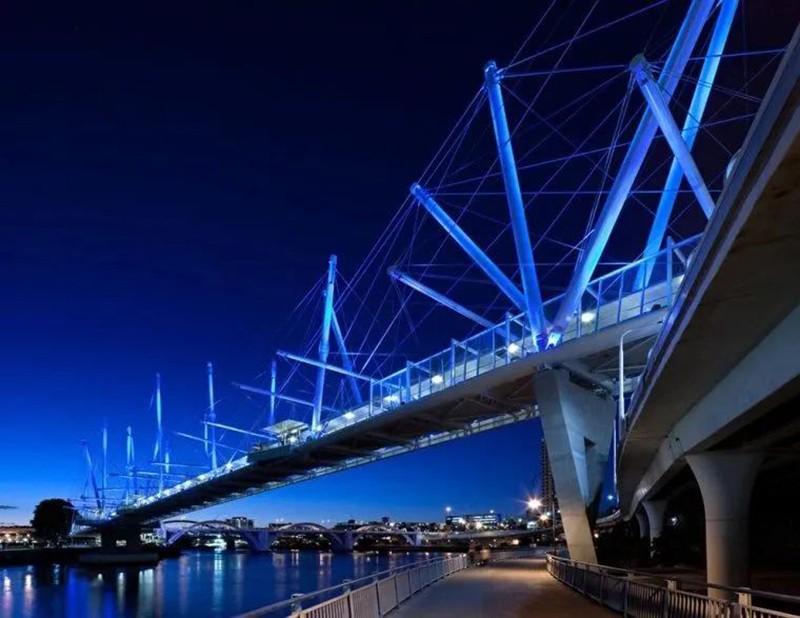
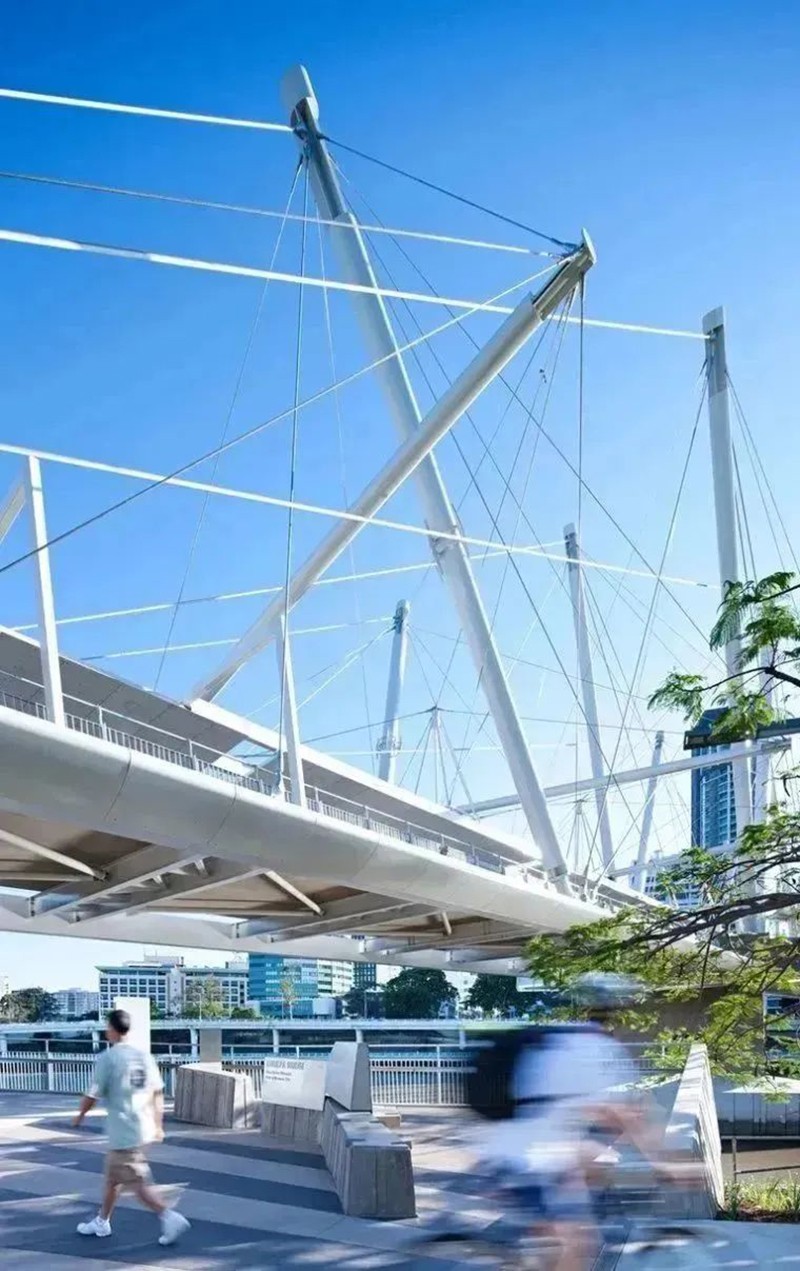
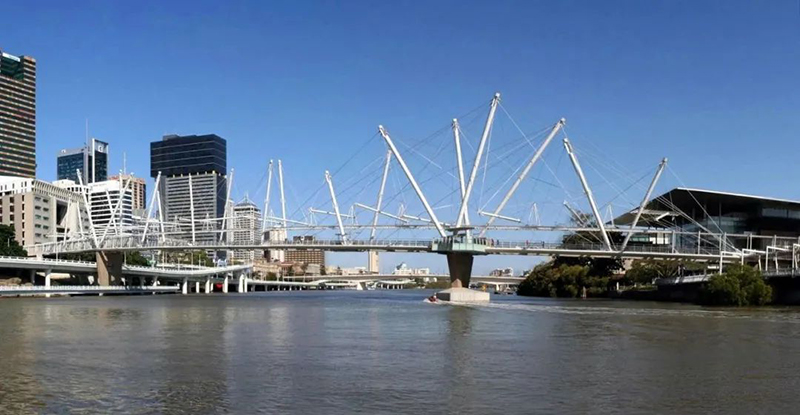
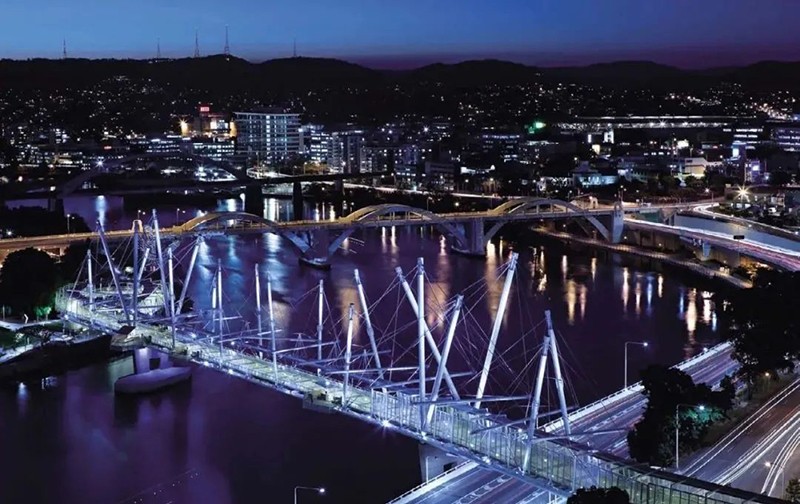
The Curylpa Bridge is the largest tension-integrated structure in the world, bringing unique tourism value to the city and becoming the face of Brisbane.
This article is reprinted from the public account: Liu Ergou's membrane space
Copyright © Zhejiang Wanhao Group Co., Ltd. All Rights Reserved.
Sitemap | Technical Support 